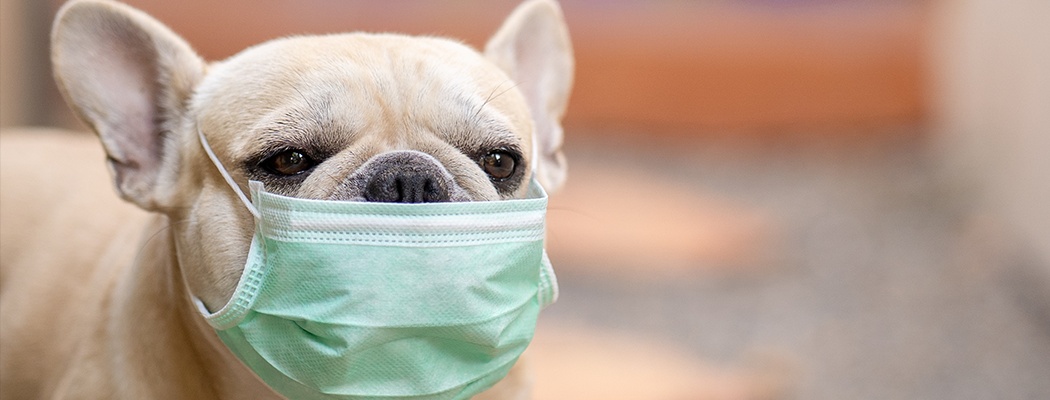
June 03, 2020
Shifting Sands of Buying Behavior
By Tom Kaneshige
Last month, my puppy got off her leash and ran toward a nearby woman — I panicked. Will she whip out her phone, record the incident, and report me to animal control? Will she yell at me about my poor doggy training skills? There’s a lot of anger these days.
The woman, nearly in tears, bent down and began petting and playing with the puppy, saying somewhat jokingly, “I haven’t been touched by anyone for months!”
We are living in a weird low-touch economy where human behavior is practically impossible to predict. The only sure thing is that people are changing how they interact with each other and with businesses. Companies will have to quickly identify emerging behaviors, estimate how long they’ll last, and deliver a new customer experience.
It’s already happening. One-way signs for aisles at grocery stores. Required masks and six feet of social distancing. Robots replacing human interaction. Travel restrictions. Isolated vulnerable groups. Empty corporate event venues. Plastic glass separating merchants and consumers. And, of course, the suddenly ubiquitous Zoom meetup, including virtual babysitters.
The low-touch economy will define our lives for a couple of years, says the Board of Innovation in a new report, “The Winners of the Low Touch Economy.” The report found that 85 percent of companies experienced negative revenue impact from the health crisis, ranging from mildly negative to catastrophic.
Related: Frost & Sullivan webinar “Market Impact of COVID-19: How to Respond, Reset, and Rebound.” Register here for replay.
Yet, there are a few winners as well; new consumer behaviors and societal changes mean new opportunities. Board of Innovation cites five success cases in the no-touch economy: Tiktok for connecting to remote customers, Shopify for supporting e-commerce, Panera Bread for food delivery, Peloton for at-home workouts, and Beyond Meat as an alternative supply chain.
Not all of these new customer experiences will endure. In a report entitled “Elevating Customer Experience Excellence in the Next Normal,” McKinsey & Company classifies behavioral changes into categories with varying levels of staying power.
For example, professional videoconferencing might be exciting right now, but it won’t be so popular once people return to offices. Wellness apps and telemedicine will likely stick around, but restaurant delivery probably won’t.
"The most successful companies to date have been adept at understanding which behaviors and experiences are picking up steam and making targeted investments to address them,” McKinsey says in the report.
Companies have a few waypoints to help them navigate the low-touch economy. For starters, there will be a greater emphasis on health and safety with lesser human contact. Accept a safe and contactless customer journey as your default, McKinsey says.
In the face of unpredictable human behavior, a contactless default sounds like the smart bet. Sure, I got lucky with my puppy last month but things didn’t go so well a few days later.
Another woman passed too close, and my enthusiastic puppy — a high-energy border collie — brushed up against her leg. The enraged woman fled, her sandals flying off her feet, yelling, “Don’t you know that dog can give me coronavirus?!"
Welcome to the no-touch economy.
About the Author

Tom Kaneshige is the Chief Content Officer at the CMO Council and editor of Growth Monitor. He creates all forms of digital thought leadership content that helps growth and revenue officers, line of business leaders, and chief marketers succeed in their rapidly evolving roles. You can reach him at tkaneshige@cmocouncil.org
JOIN THE CONVERSATION
If you'd like to contribute to the Growth Monitor, please contact our Editorial Director, Tom Kaneshige at tkaneshige@cmocouncil.org

ALSO READ
Oct 2024 By Donovan Neale-May
The Chief Growth Officer Podcast hosted by Dr. Antonio Oftelie of Harvard University
Feb 2024 By Donovan Neale-May
Jan 2024 By Donovan Neale-May
Nov 2023 By Louise Burgers
Aug 2023 By Michael Farmer


